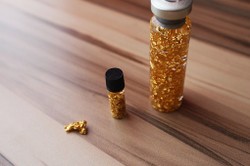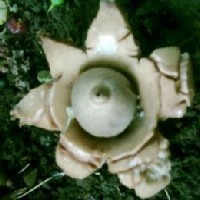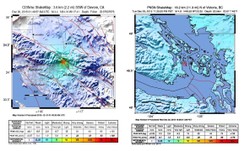Natural gold types = lode gold, alluvial gold and gold dissolved in sea-water.
Processed gold types = gold bullion, gold plate, gold alloy's, gold leaf.
Gold can be found in rock veins and gravels, in clay and silt deposited by rivers and streams but the greatest quantity of gold is to be found dissolved in sea-water. Unfortunately the latter is uneconomic, at present, to extract.
Lode gold occurs in veins, grains or microscopic particles of metallic gold embedded in rock.
Native gold is found as free flakes, grains or larger nuggets that have been eroded from rocks and deposited as alluvial or placer deposits.











 Gold Barson 10/19/2017
Gold Barson 10/19/2017
 Creating My Own Websiteon 02/04/2021
Creating My Own Websiteon 02/04/2021
 Weights and Measures of Gold Barson 10/20/2017
Weights and Measures of Gold Barson 10/20/2017
 Ten Great English Wordson 10/19/2017
Ten Great English Wordson 10/19/2017



Comments
Gold forms in veins and is deposited in river beds as a result of coming from within the Earth in the molten state. The river beds flowing down mountains can carry small pieces of gold, and deposit the pieces where the current is slow enough, or between rocks on the bottom of the river.